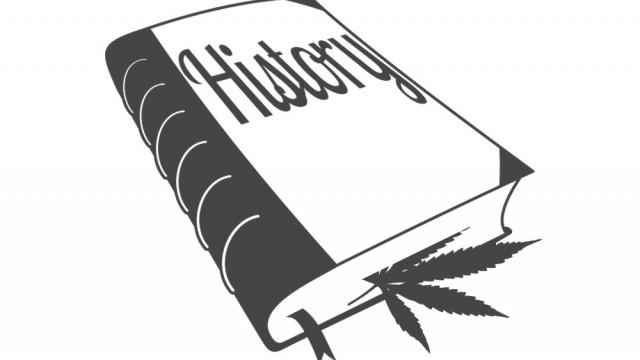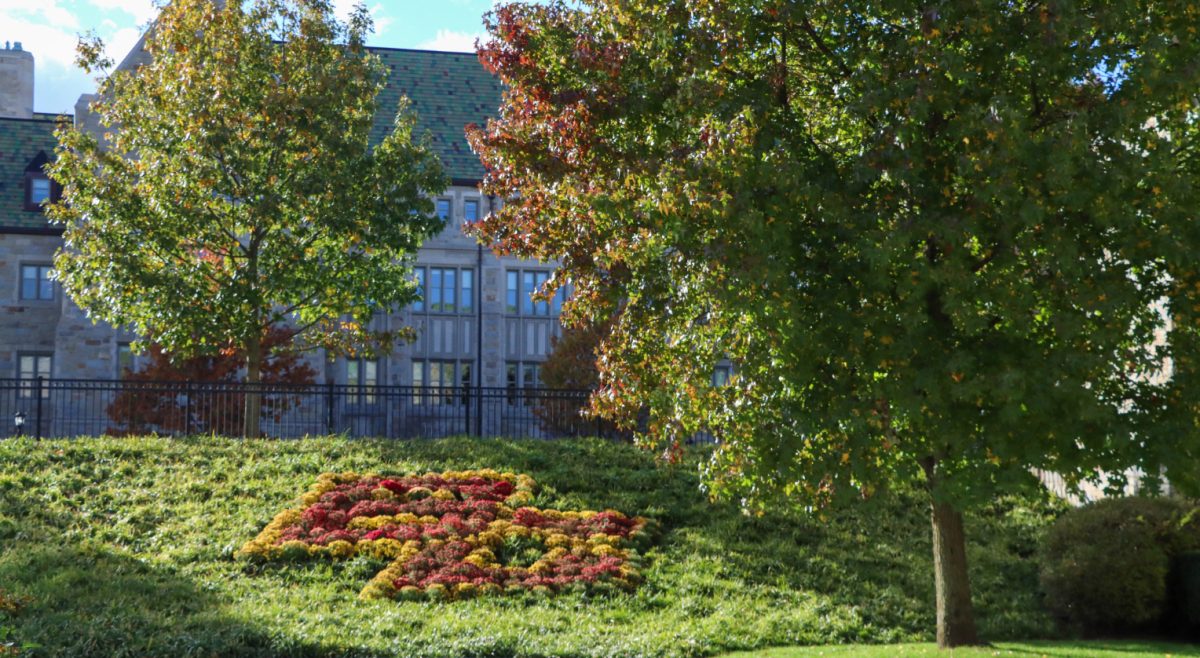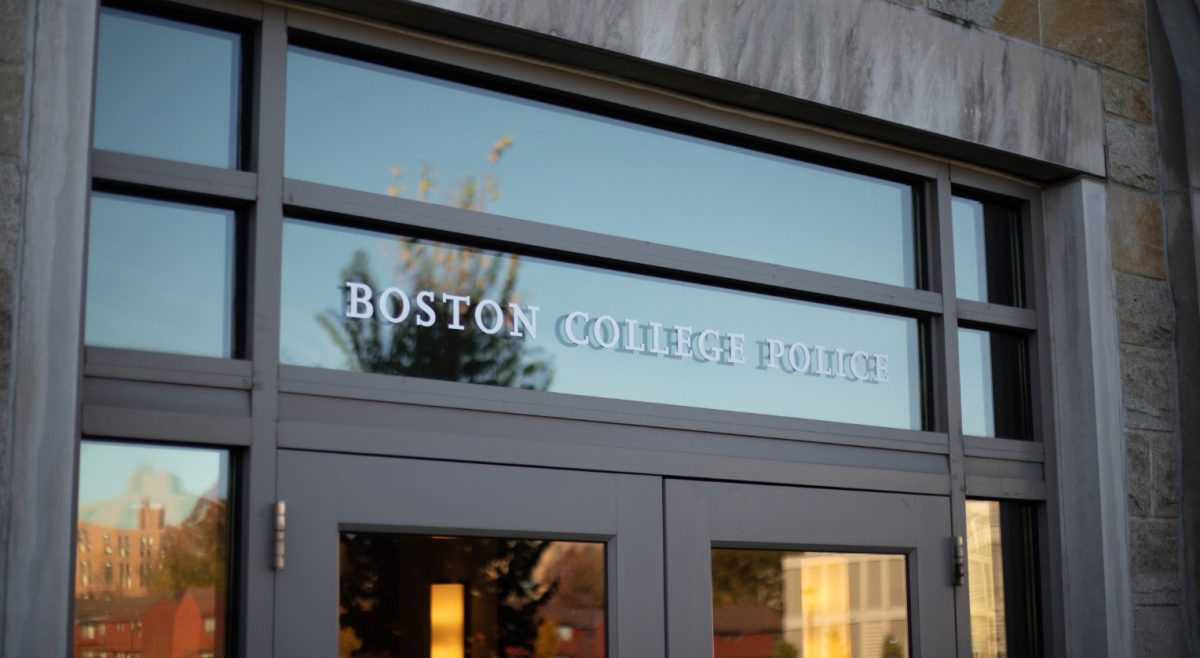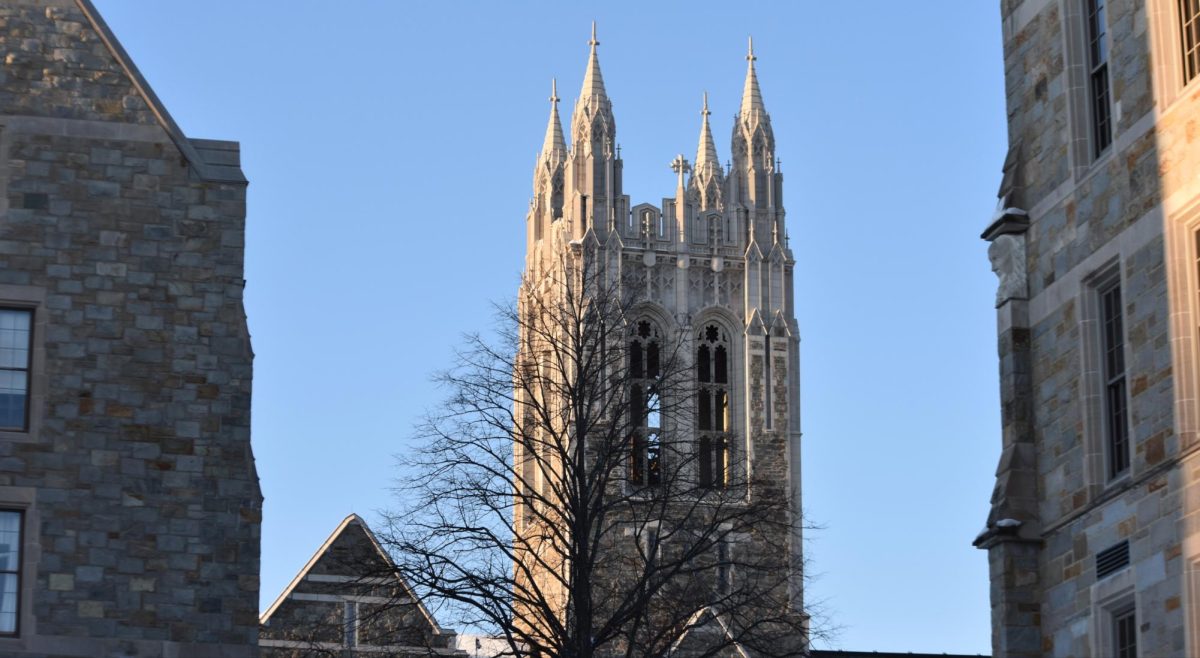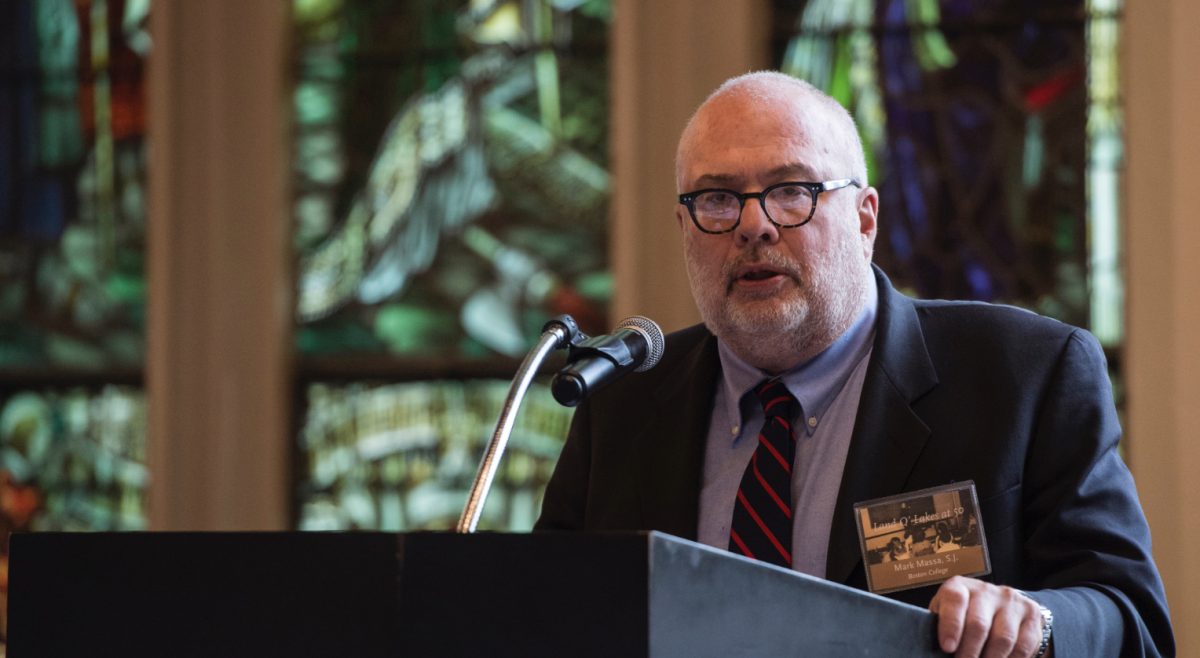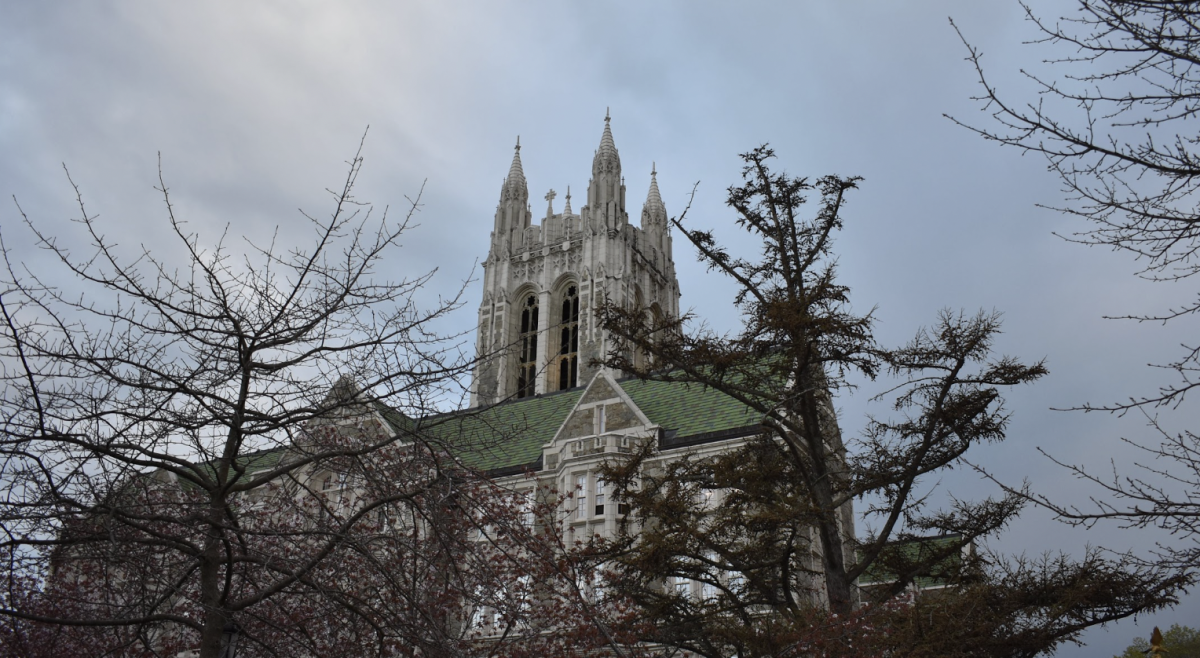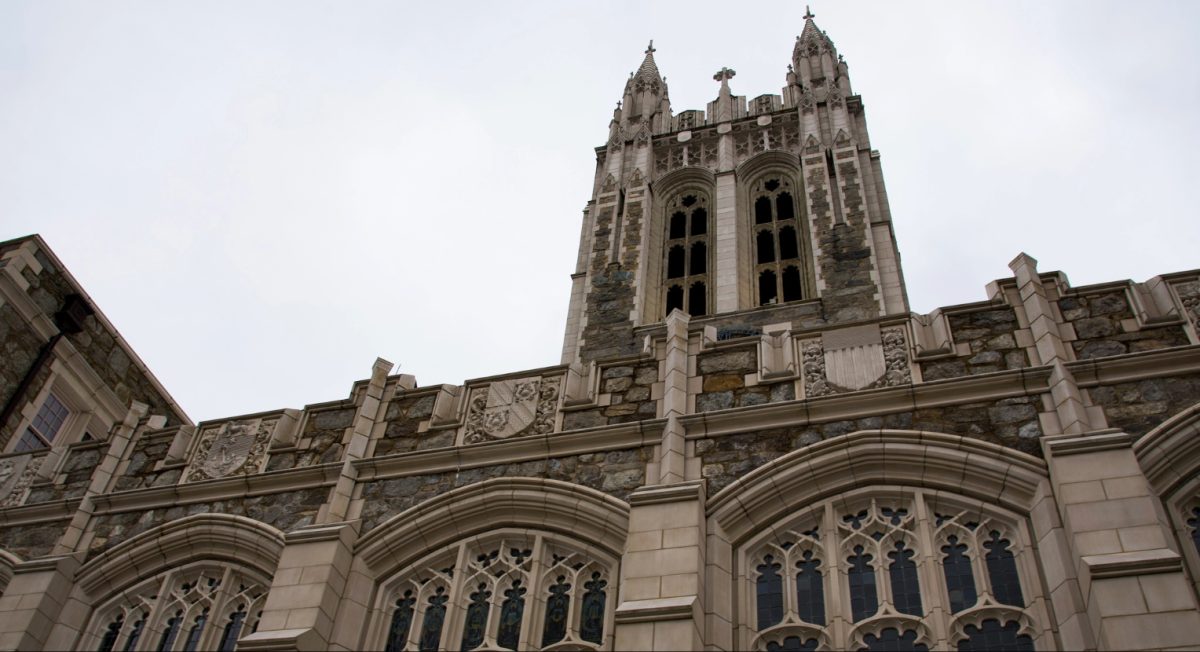Colonial India, early 1830s: An Irish physician commissioned by the East India Company named William Brooke O’Shaughnessy is stationed in Calcutta conducting research, when his experimental meanderings rouse him to write about an herbal medicine that was unfamiliar to many in the West at the time.
Though he was not the first European to write about the substance, he was ultimately the most influential in sparking a sustained scientific interest in what remains to be a highly controversial plant close to two centuries later—cannabis. It wasn’t long until the news made its way to the colonies.
“1840 is essentially the formal, medicinal introduction of cannabis into the United States,” explained Adam Rathge, a Ph.D candidate in the history department and the author of a recent Organization of American Historians (OAH) piece entitled, “Pondering Pot: Marijuana’s History and the Future of the War on Drugs.”
Having completed his undergraduate study at the University of Dayton—earning a Master’s degree in American History at the University of Cincinnati—Rathge is currently exploring the social and legal history of cannabis in the U.S. in a dissertation entitled, “Cannabis Cures: Medicine, Marijuana, and the Origins of the War on Drugs, 1840-1940.”
“I landed on the marijuana topic under the influence of a professor I had during my Master’s program who wrote his dissertation on marijuana in Mexico,” Rathge said. “I’d gotten kind of interested in the history of drugs through that, and I went to BC to work on a, what I saw as a, dissertation on underground economies. That kind of morphed into working on the history of marijuana in the United States, so a couple of years into my BC tenure I started heading down that path, and I’ve really been on it ever since.”
In his “Cannabis Cures” dissertation, Rathge intends to rewrite the conventional narrative about the history of marijuana, and more specifically the history of marijuana prohibition, by retracing its medical timeline alongside its social history, the latter of which the public sphere is generally more familiar with.
In fact, the bulk of Rathge’s work pertains to the medical institution and criminalization of marijuana in the U.S.
“I’m making the argument that the medical side is kind of driving the legal side,” Rathge said. “Almost immediately, American physicians label the drug as a potentially dangerous substance that should be restricted in the same way that opium, morphine, arsenic, and all of these generally regarded as dangerous drugs are. Cannabis ends up getting included in a lot of that legislation, and that’s sort of the crux of the medical background argument.”
After this formal introduction of marijuana into the Western medical discourse, the first baby steps of medicinal research made up approximately the first 20 years of its existence. Though the “double-blind” clinical research with which we are familiar today was not explicitly present, Rathge explains that a fair amount of early cannabis research is documented.
“They’re writing about their research,” he said. “They’re also writing about ‘self-administration’ a lot. Physicians administered cannabis on themselves to determine its effects.”
It was not until the beginning of the 19th century, following this period of “research,” that the legal status of the substance began to come into question. That research, however, continued well into and runs right alongside this period of legal confusion, Rathge said.
“The second chapter covers about 1860 to 1900, and continues that medicinal look because that research continues throughout the 19th century, but also starts to get into the legal side of things,” Rathge said of his dissertation. “States start to regulate the control of not just cannabis, but really any medicines or ‘poisons.’ This is sort of the beginning of its regulation and restriction.”
From there, the conventional understanding of marijuana and its legal status as we know it today began to truly take shape.
As the 20th century wore on, the social understanding of marijuana changed drastically, the notion of “Reefer Madness” and the racial implications which it associated with cannabis appeared to shock the nation into a full federal prohibition.
Though many today still see the xenophobia and fear instilled by this notorious campaign as the reason for a seemingly rash federal prohibition, Rathge argues that the medical history of marijuana had more of an impact on this social movement than is widely thought.
“Harry J. Anslinger is the guy who everybody points to as the ‘architect’ of this idea of ‘Reefer Madness,’” Rathge said. “My revision to this whole thing is saying, ‘Yes, Anslinger was important and he does help shepherd a long national prohibition, but most of what he says and most of what he draws on to paint this picture of marijuana as a dangerous drug exists long before he shows up on the scene in the 1930s.’”
Though an exploration of the sociological, medical, and legal history of marijuana seems the focal point of Rathge’s work, from a broader view, it simultaneously endeavors to explore and somehow collapse the “all good” versus “all bad” drug binary which dominates today’s discourse.
“It’s kind of about the development of that binary, and I used cannabis as a lens to talk about that process,” Rathge said of this broad approach. “So what you actually see is, from the 19th century into the early 20th century, going from a world where things are potentially good and potentially harmful, to a world where they’re either good or bad. Over the hundred or so years that I’m tracking, that’s happening in a really slow process. When you get to around the 1930s and the federal marijuana prohibition, that’s where all of this crystallizes, and now we have a world where cannabis is only illegal.”
Featured Image by Fransisco Ruela / Heights Graphic

